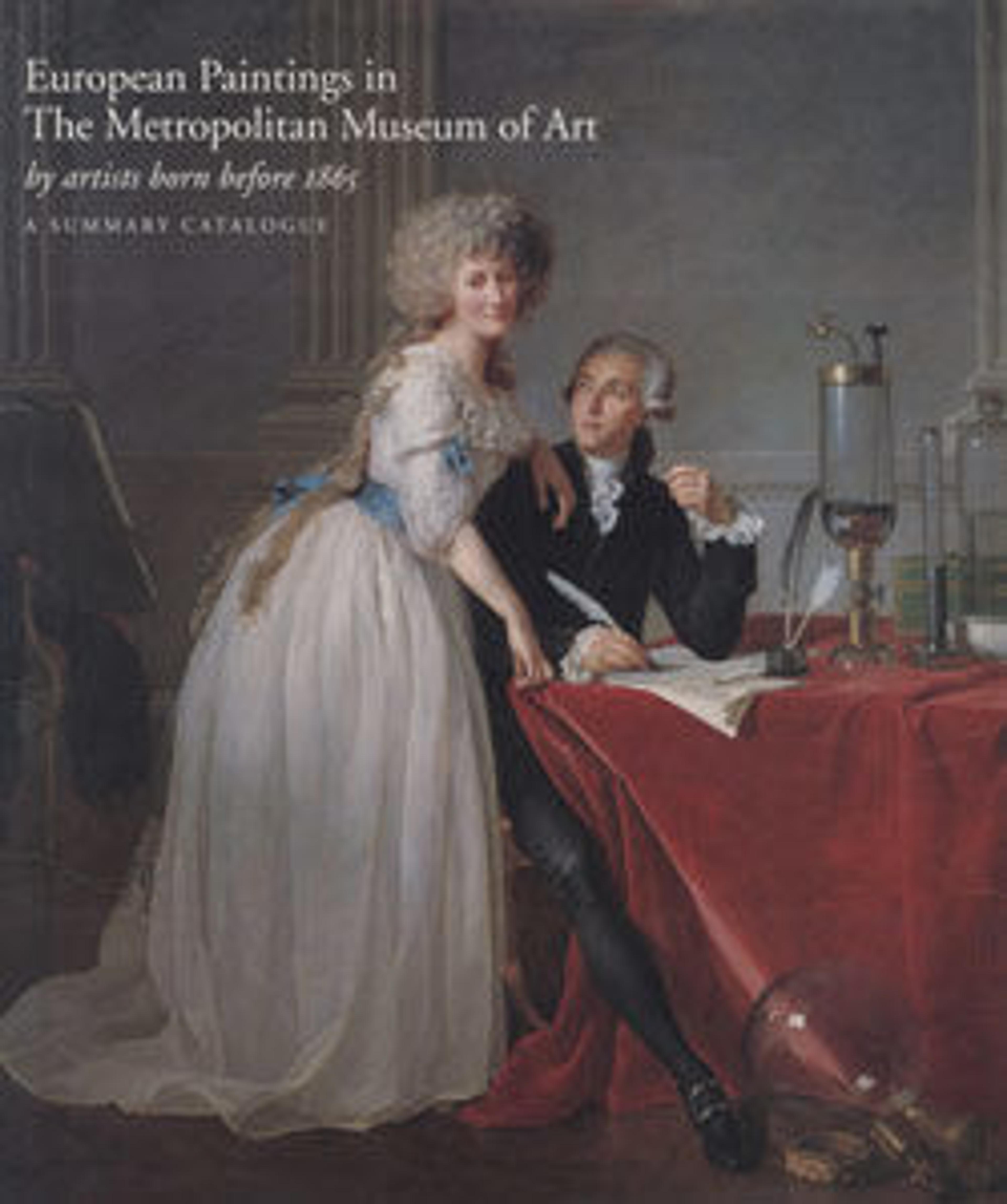Shepherdess Seated on a Rock
Millet had almost finished a painting of the same subject in 1856 (Cincinnati Art Museum), when the young American artist Edward Wheelwright admired it in his studio and asked to buy it. As that work was promised to a patron, Millet agreed to make a replica. Wheelwright recalled that Millet took the second version to the same state of completion as the original, and then "worked on the two pictures alternatively," advancing on one, then turning to the other, and "in this way making both . . . better than either would have been without the rivalry." Wheelwright selected the one now in Cincinnati.
Artwork Details
- Title:Shepherdess Seated on a Rock
- Artist:Jean-François Millet (French, Gruchy 1814–1875 Barbizon)
- Date:1856
- Medium:Oil on wood
- Dimensions:14 1/8 x 11 1/8 in. (35.9 x 28.3 cm)
- Classification:Paintings
- Credit Line:Gift of Douglas Dillon, 1983
- Object Number:1983.446
- Curatorial Department: European Paintings
More Artwork
Research Resources
The Met provides unparalleled resources for research and welcomes an international community of students and scholars. The Met's Open Access API is where creators and researchers can connect to the The Met collection. Open Access data and public domain images are available for unrestricted commercial and noncommercial use without permission or fee.
To request images under copyright and other restrictions, please use this Image Request form.
Feedback
We continue to research and examine historical and cultural context for objects in The Met collection. If you have comments or questions about this object record, please contact us using the form below. The Museum looks forward to receiving your comments.
